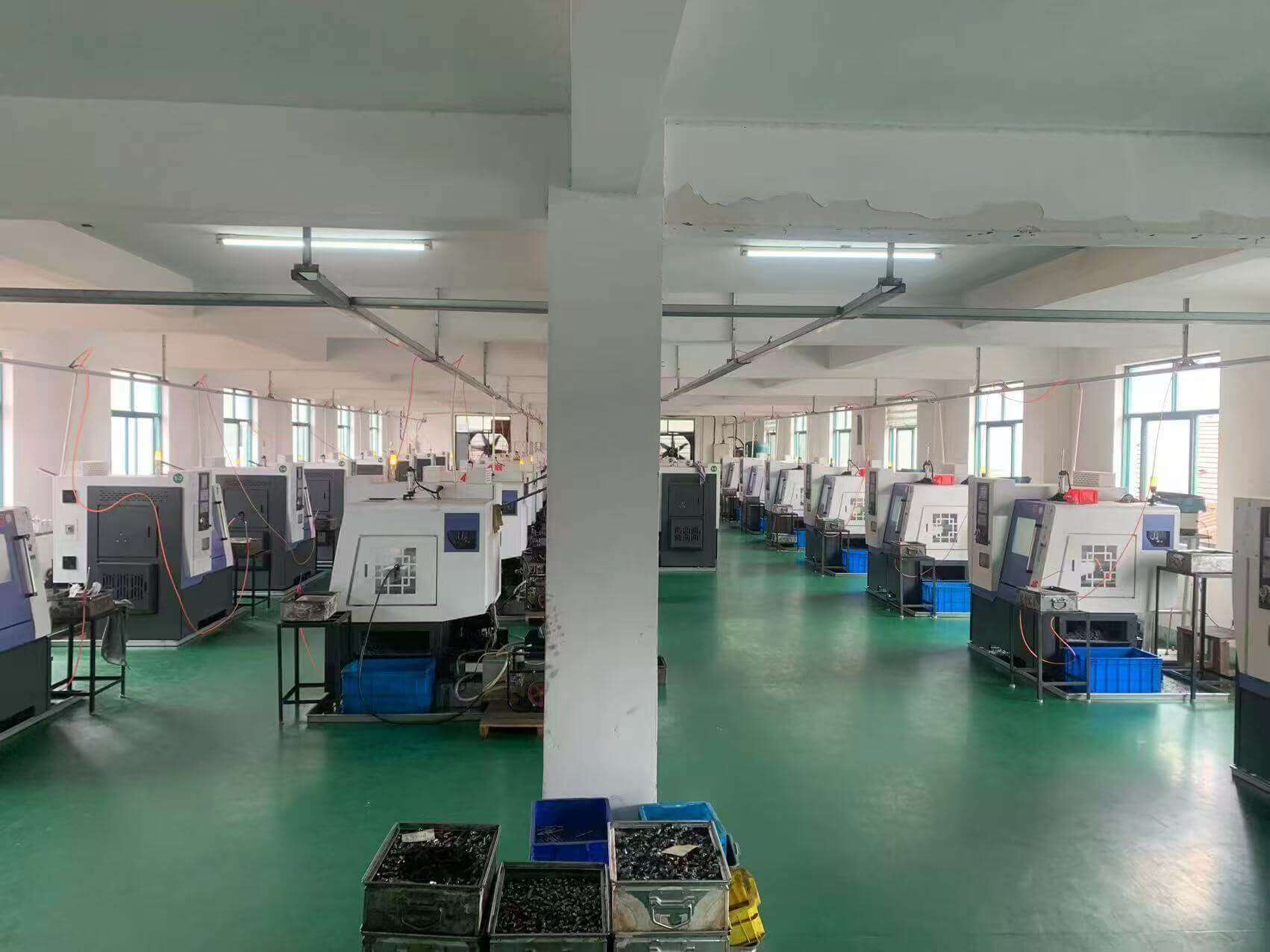First, parts manufacturing:
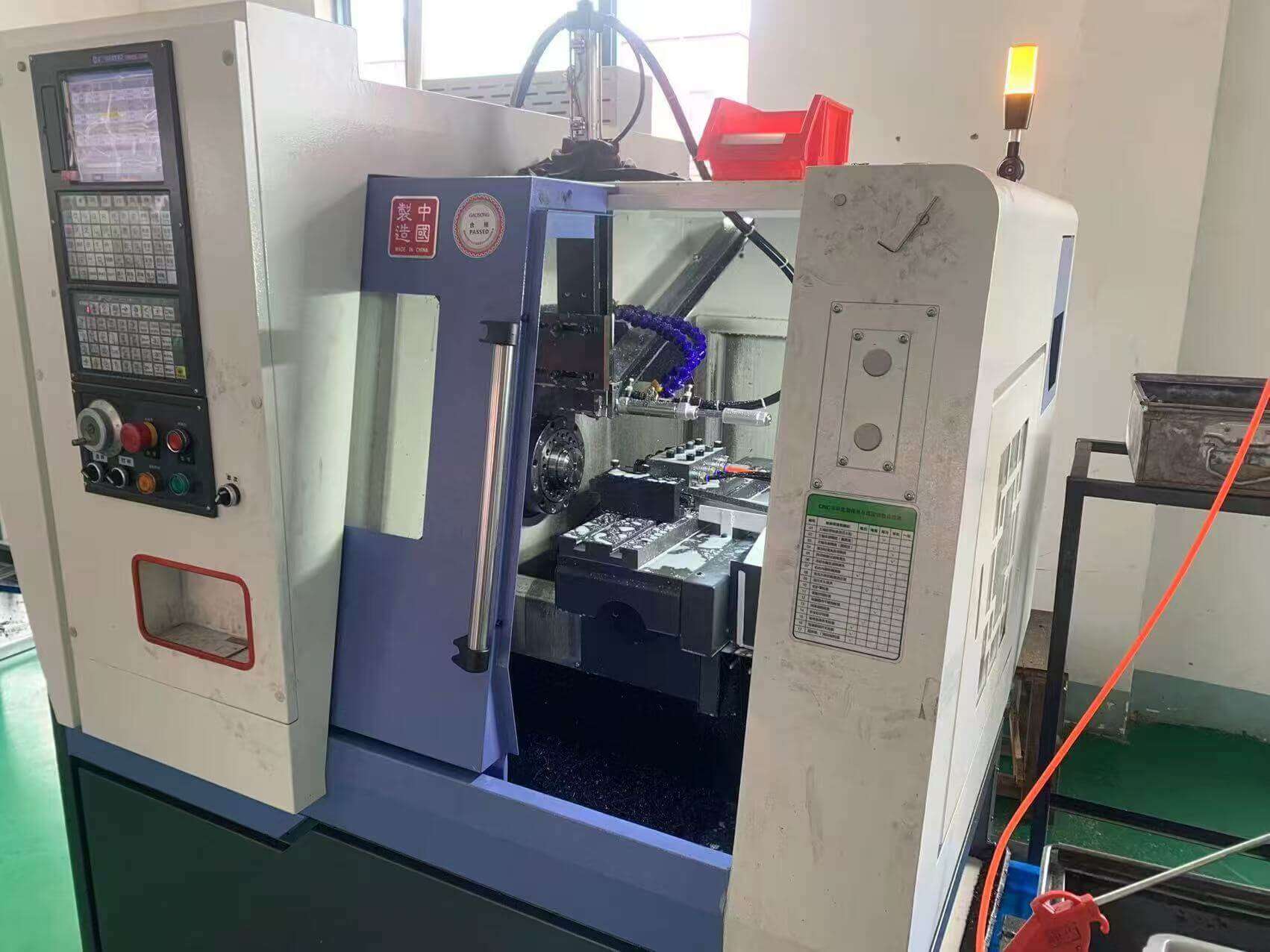
1. Dial production: Select high-quality metal or plastic material, through stamping, cutting and other processes forming, the use of printing technology to accurately print scale, digital and unit identification, to ensure clear and easy to read.
2. Spring tube processing: copper alloy or stainless steel pipe through winding, welding, heat treatment and other processes, made into a specific shape of the spring tube, strict control of its dimensional accuracy and elastic properties.
3. Movement manufacturing: Precision machining gear, shaft and other parts to ensure accurate mesh, smooth transmission, to ensure that the pressure signal can be accurately converted into pointer rotation.
Assembly link:
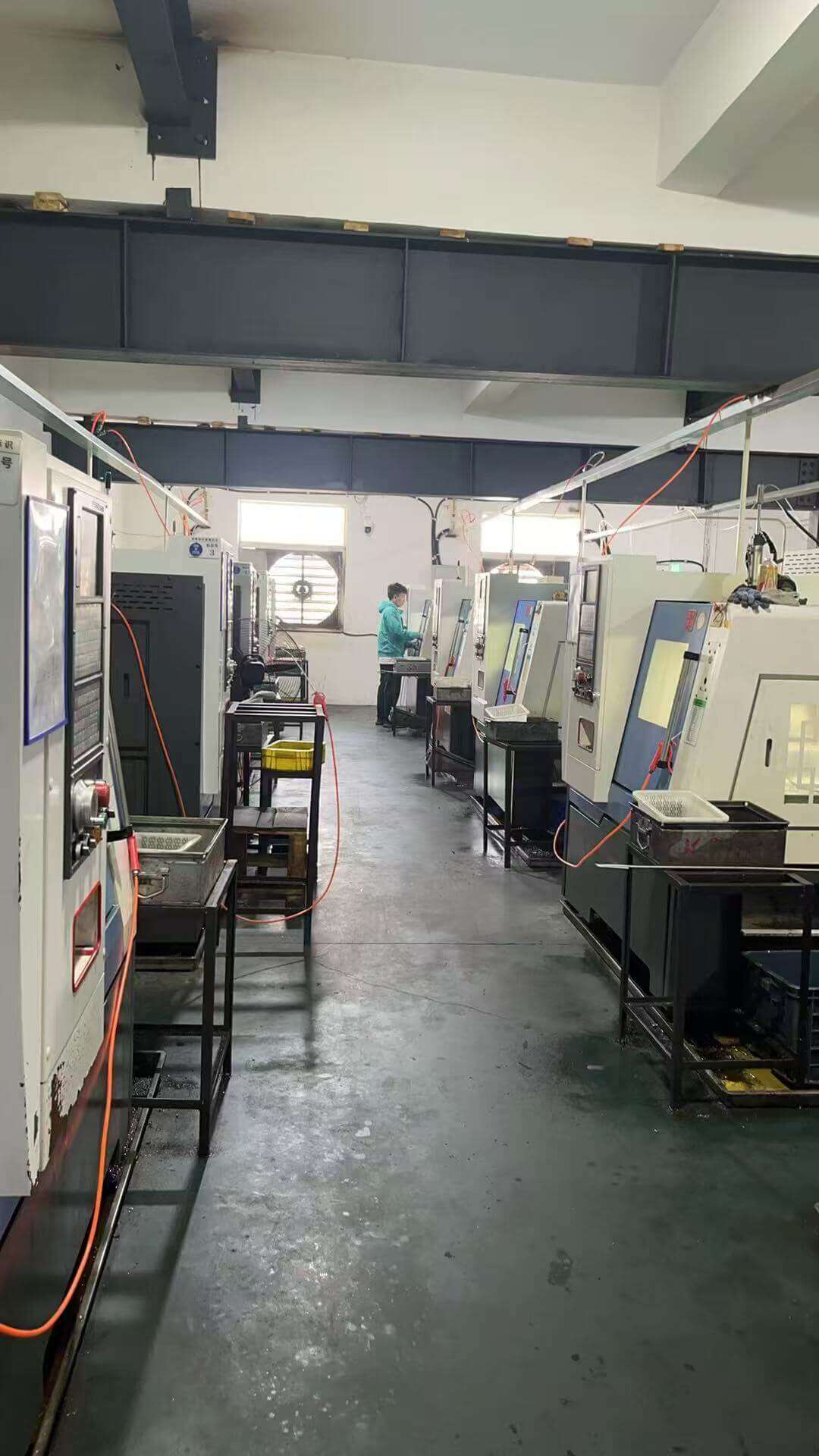
1 Movement installation: The manufactured movement components are accurately installed on the back of the dial, fixed firmly, adjust the relative position of each component, and ensure flexible transmission.
2 Spring tube connection: Connect one end of the spring tube with the movement to ensure a good seal, and connect the other end to the pressure interface to ensure stable pressure conduction.
3 Pointer assembly: Install the pointer on the output shaft of the movement, calibrate the initial position, and ensure that it is accurately indicated on the dial scale.
Testing process:
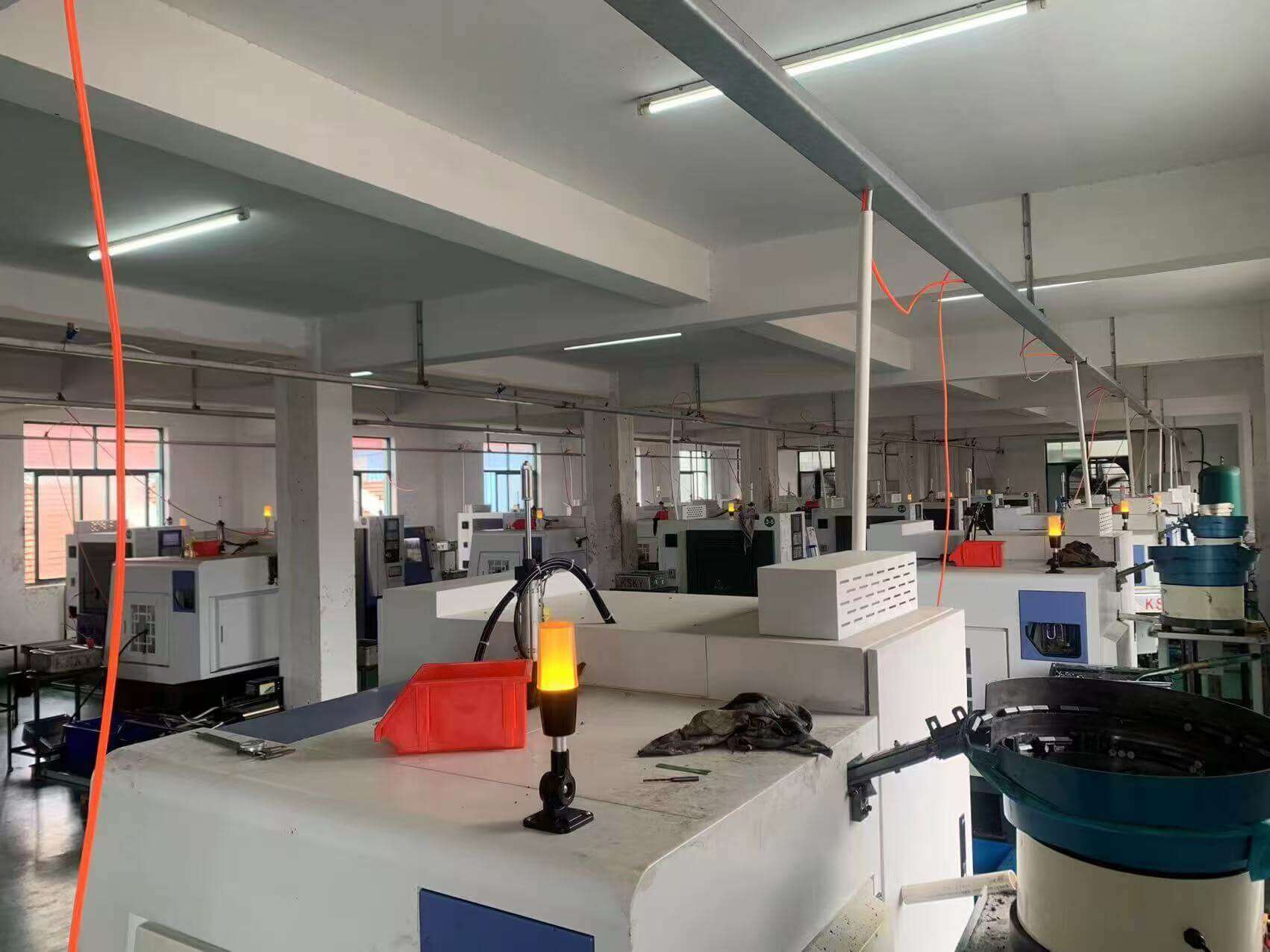
1 Pressure calibration: Using high-precision pressure calibration equipment, apply different levels of pressure to the assembled pressure gauge, adjust the movement fine-tuning device, so that the pointer indication is consistent with the standard pressure value, and the control error is within the specified range.
2 Sealing test: Apply a certain pressure to the pressure interface to check whether there is leakage in each connection part to ensure that the pressure gauge is sealed reliably under the working pressure.
3 Appearance inspection: manually check whether the dial is scratched, whether the scale is clear, whether the shell is flawed, etc., to ensure that the appearance quality of the product is up to standard.
Four, packaging factory:
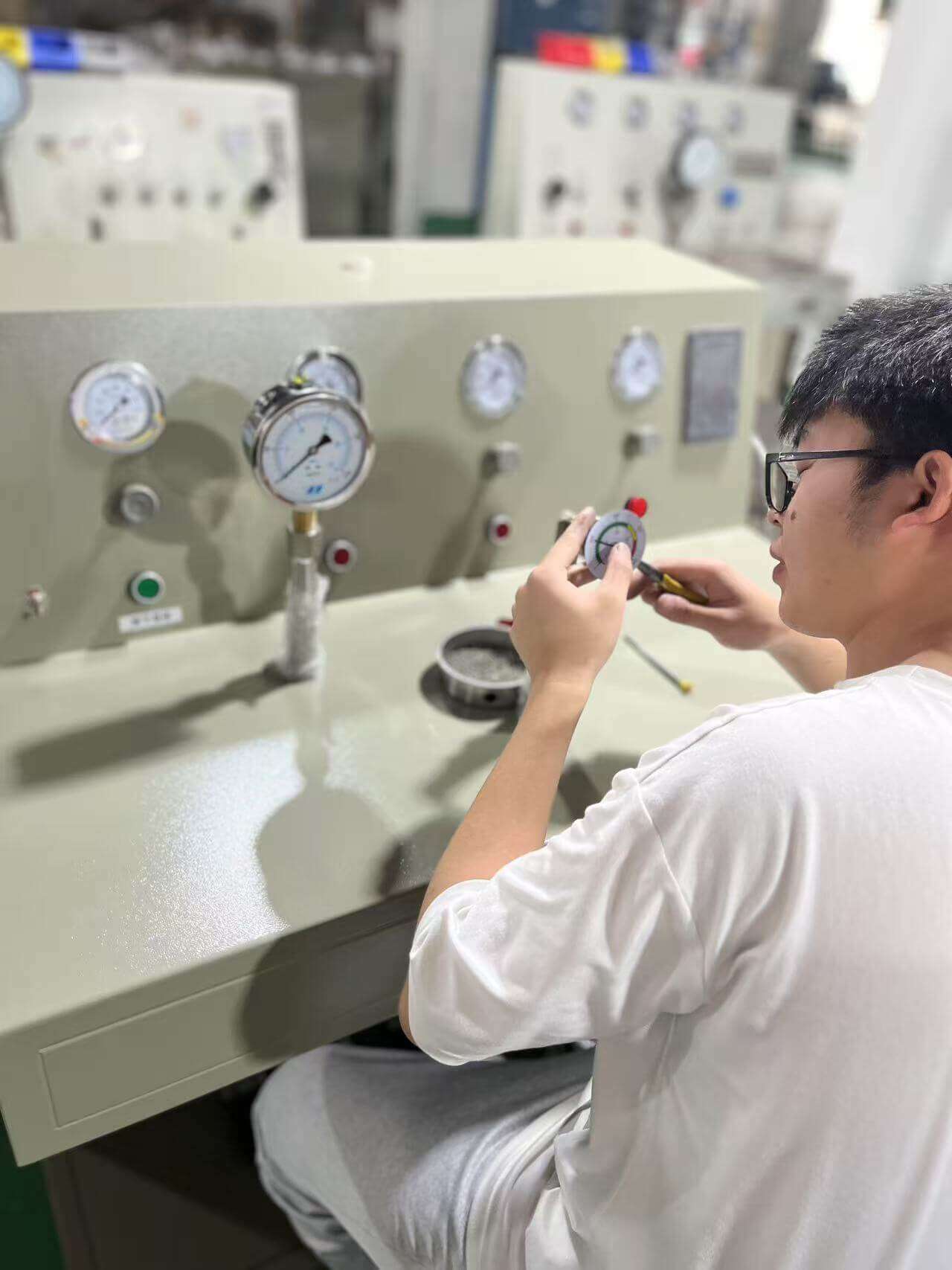
1 Protective packaging: The qualified pressure gauge is packed with foam, plastic bags, etc., to prevent collision and damage during transportation.
2 Packing label: Put it into the packing box, attach the product manual, certificate and other information, mark the product model, quantity, production date and other information on the outer box, and wait for delivery after completion.

